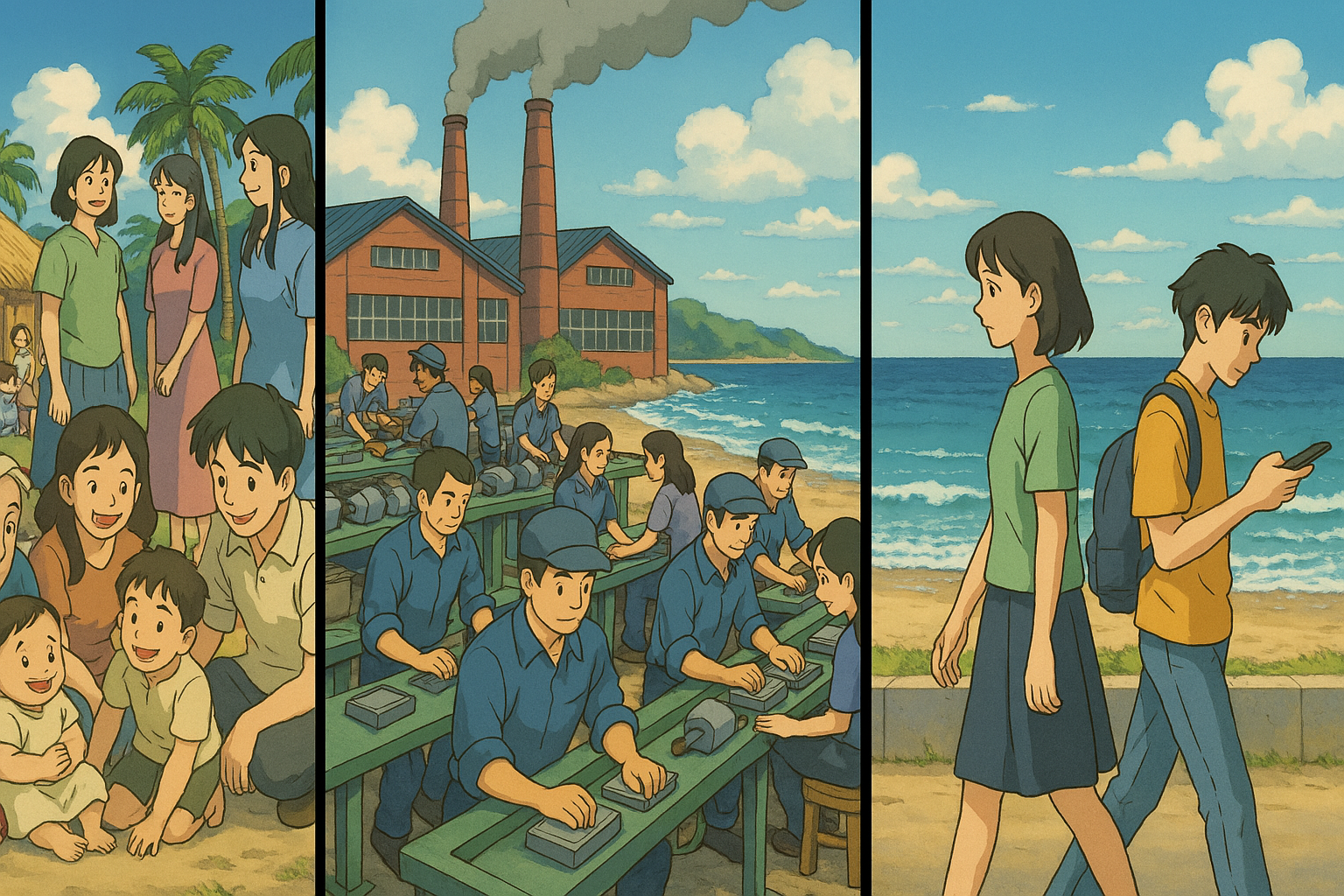Throughout human history, communities have been our natural way of organizing. From farming clans and nomadic tribes to village economies, people have always found strength, security, and meaning through direct cooperation with their neighbors.
The modern era brought unprecedented specialization and global connection, but also increasing isolation. As we grew dependent on complex systems far from our control, we lost the resilience and intimacy of local relationships.
DIGs draw inspiration from historical community models while adapting to our current context. We recognize that the pendulum has swung too far toward isolation and abstraction. By intentionally rebuilding face-to-face connections, we recover something essential to human flourishing.
This isn't nostalgia—it's evolution. DIGs combine ancestral wisdom about human cooperation with contemporary understanding of network effects and social dynamics. We're building communities fit for the challenges of our time.

